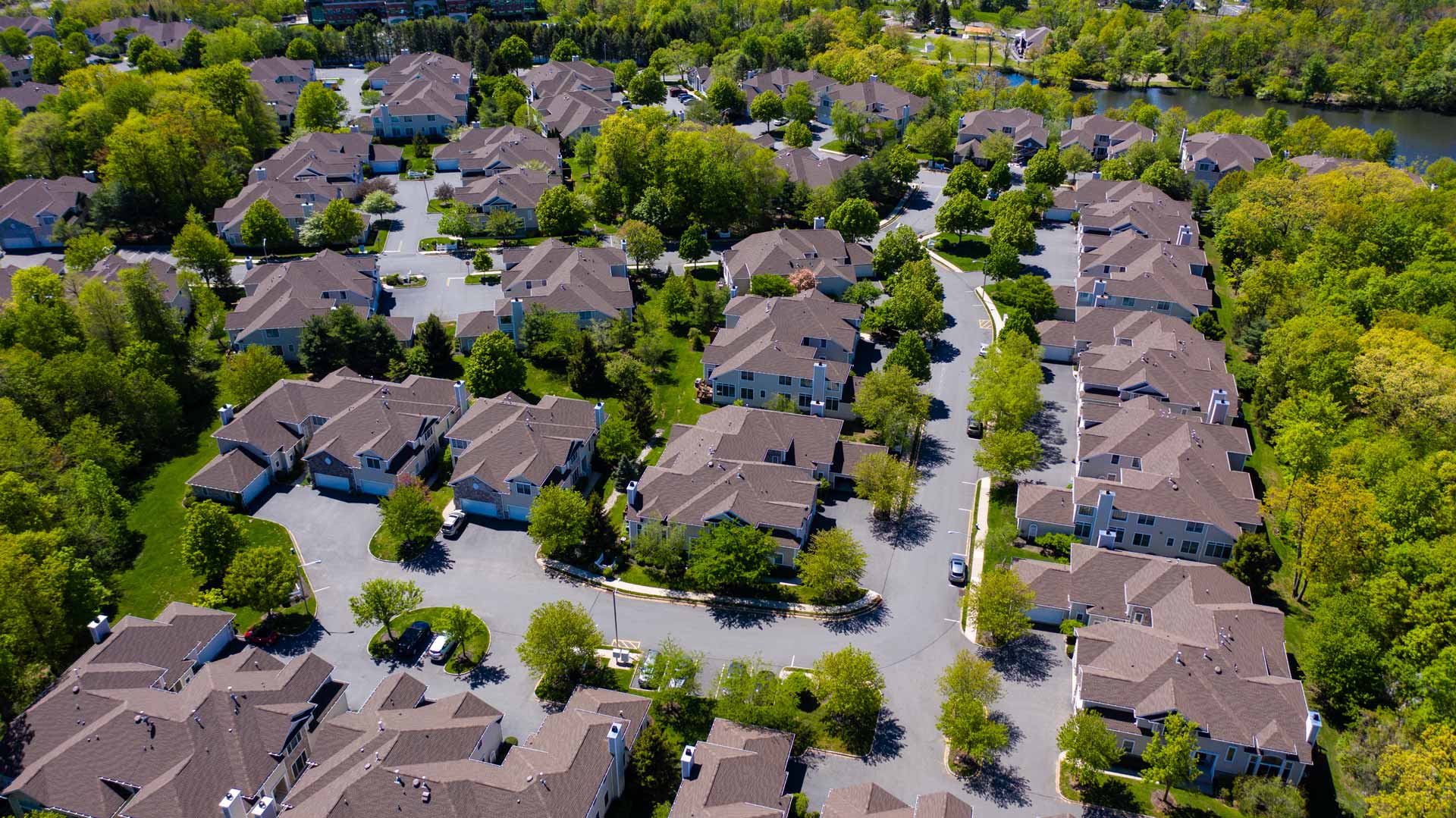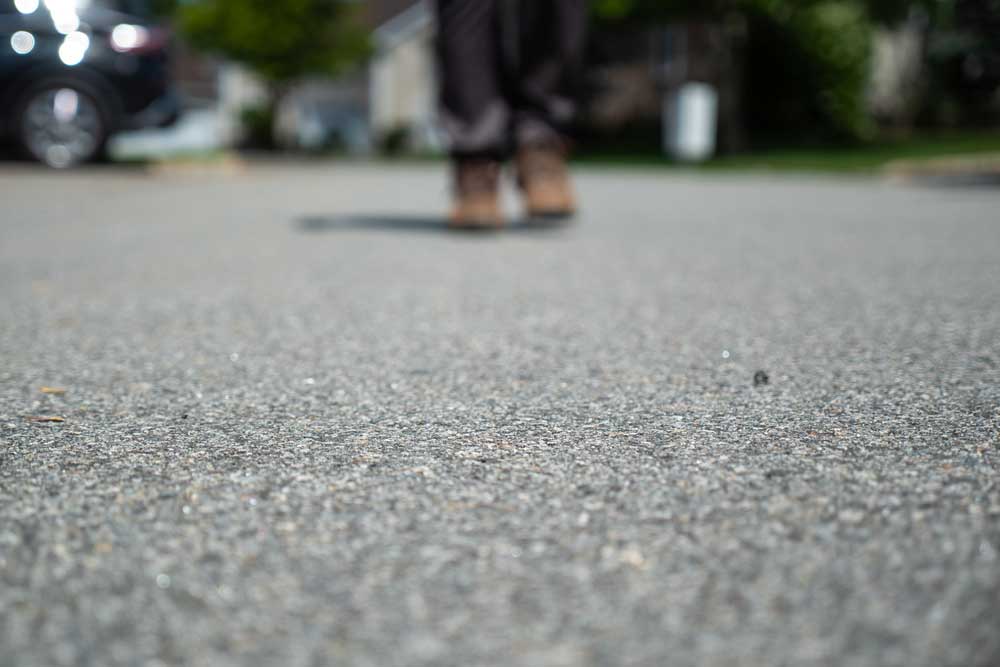Pavement maintenance is a crucial aspect of managing a community association. Whether it’s a condo complex, townhouse development, or a homeowners’ association (HOA), well-maintained roadways, parking lots, and driveways contribute to safety, curb appeal, and property value. Over time, however, pavements can deteriorate due to weather, traffic, and natural wear and tear. When this happens, timely pavement repair or replacement is necessary to prevent further damage and ensure the safety and satisfaction of residents.
In this blog, we’ll explore the key steps in the pavement repair and replacement process, considerations for community associations, and best practices to help you manage your pavement project effectively.
Why Pavement Maintenance is Crucial for Community Associations
For community associations, the state of the pavement impacts more than just the roads; it affects the overall quality of life for residents. Poorly maintained pavements can lead to a range of issues, including:
- Safety Hazards: Cracks, potholes, and uneven surfaces can cause accidents, especially for pedestrians, cyclists, and drivers.
- Property Value Impact: Pavement deterioration can decrease the aesthetic appeal of the community, reducing curb appeal and potentially lowering property values.
- Increased Repair Costs: If not addressed early, small cracks and surface issues can turn into major problems that require expensive repairs or complete replacement.
- Legal and Liability Concerns: If a resident or visitor is injured due to poor pavement conditions, the community association may be held liable.
Regular pavement evaluation and prompt repair or replacement are essential to maintaining a safe, attractive, and functional community environment.
Evaluating Pavement Conditions
Before deciding whether to repair or replace pavement, a thorough evaluation must be conducted to assess its current condition. Pavement evaluation helps identify the severity of damage, its underlying causes, and whether repair or full replacement is necessary.
Common Signs of Pavement Deterioration
- Cracks: Cracking is one of the most common forms of pavement deterioration. Cracks can occur due to a variety of factors, including subbase and subgrade deficiencies, heavy traffic loading, and the natural aging of materials. Cracks should be repaired promptly to protect against water infiltration, which can lead to further damage.
- Potholes: These form when water seeps into cracks, freezes, and expands, ultimately causing sections of pavement to break apart. Potholes are not just an eyesore; they also present serious safety risks.
- Rutting: Rutting occurs when asphalt material is displaced in response to repeated heavy vehicle loading. Rutting typically occurs in parking lots and high-traffic areas.
- Surface Raveling: This happens when the aggregate (stones) on the surface of the pavement start to come loose resulting from loss of bituminous binding material from aging and wear. Surface raveling typically appears as rough patches or areas of loose stone.

Winter Maintenance Concern #4: Preventing Ice Damming
- Visual Inspections: A basic visual inspection is the first step in identifying obvious issues such as cracks, potholes, or uneven surfaces. Visual evaluation typically relies on industry standard methods of pavement condition assessment as a basis for maintenance recommendations.
- Technical Inspections: Technical inspections such as asphalt core testing and various methods of subgrade bearing capacity testing may be used in complement with visual inspections to provide additional data as the basis for remedial recommendations.
Repair vs. Replacement: What’s Best for Your Community?
Once you’ve evaluated the condition of your pavement, the next step is deciding whether to repair or replace it. The decision often depends on the severity of the damage, the budget available, and the overall condition of the underlying layers.
Pavement Repair Options:
If the pavement is still structurally sound, repairs are typically the most cost-effective solution. Common repair options include:
- Crack Sealing and Filling: Minor cracks can often be repaired with crack sealing. This involves applying a sealant to the crack to protect against moisture entering and causing further damage. Even with regular maintenance asphalt cracks tend to widen over time because of aging. Crack sealing becomes less cost effective as pavement ages and cracks widen.
- Pothole Repair: Potholes are filled with a hot or cold mix of asphalt and compacted to restore the surface. Consistent and early pothole repair as part of a regular maintenance program can extend the life of your pavement.
- Overlay: If the surface is deteriorating but the underlying structure is still sound, a thin layer of new asphalt (overlay) can be applied to restore the surface. However, it is important to note that overlay of existing pavement typically has a shorter useful life. Unrepaired deficiencies in the original pavement surface can reflect upward through the new overlay within a few years of installation. The long-term cost effectiveness of an overlay should be examined against that of a remediation including milling and replacement of the existing top course.
- Infrared Patching: This method uses infrared heaters to soften new pavement repair areas to improve surface uniformity and seam closures between repaired areas and the surrounding asphalt.
Pavement Replacement:
When repair options are no longer effective, full pavement replacement may be necessary. This is typically the case when:
The pavement has reached the end of its useful life.
- Extensive cracking, potholes, or structural issues are beyond repair.
- The base or subgrade has failed and cannot be effectively restored through patching.
Pavement replacement involves milling (removing, minimally, the top course of asphalt), repairing or replacing the base layer, and installing new asphalt. While replacement is typically more expensive than repairs, it provides a long-term cost-effective solution and improves the safety and stability of the surface for years to come.

Cost Considerations for Community Associations
When deciding between repair and replacement, cost is a key consideration. Repairing a pavement is generally much more affordable upfront, but the long-term costs of repeated repairs may add up over time. Replacement, while more expensive initially, can provide a longer-lasting solution that may save money in the long term.
Factors That Affect Costs:
- Extent of Damage: The larger the area needing repairs or replacement, the higher the cost.
- Material Costs: Asphalt is often less expensive than concrete, but concrete may be more durable in the long term.
- Labor and Equipment Costs: Labor costs can vary depending on the complexity of the work and the equipment required.
- Traffic Control: Managing traffic while repairs or replacements are being carried out may require additional costs for detours, signage, and safety measures.
Budgeting for Pavement Maintenance:
Many community associations find it helpful to budget for pavement maintenance on a multi-year schedule, taking into account the expected lifespan of the pavement and the costs of periodic repairs. Having a reserve fund set aside for pavement maintenance can ensure that the community is prepared when repairs or replacement are needed.
Best Practices for Pavement Maintenance
To ensure that your community’s pavement remains in good condition for as long as possible, consider implementing a few best practices:
- Regular Inspections: Conduct visual inspections at least once a year, especially after harsh weather events.
- Timely Repairs: Address small issues like cracks and potholes promptly to prevent them from becoming bigger, more expensive problems.
- Seal Coating: Sealcoating asphalt pavements every few years can protect the surface from water infiltration, UV damage, and traffic wear.
- Consider Sustainability: Where applicable, recycled subbase materials or porous pavements may be suitable in some locations. The feasibility of implementing sustainable measures should be examined prior to installing alternative materials.
Pavement repair and replacement are crucial components of community association management. By regularly evaluating the condition of your pavement and choosing the right repair or replacement strategy, you can extend the life of your roads, ensure the safety of residents, and protect the long-term value of your property. Whether you choose to repair minor cracks or invest in full replacement, staying proactive and informed will help keep your community’s pavement in top shape for years to come.

Preparing for Your Next Pavement Project?
If your community association is facing pavement issues, reach out to a trusted civil engineering firm, like Kipcon, to guide you through the evaluation and repair process. With the right expertise, you can make informed decisions that benefit both your residents and your bottom line.
For more information on how Kipcon can assist with your community’s next pavement project, contact us at (800) 828-4118 or click here to reach out.
